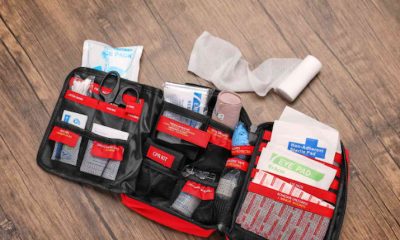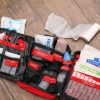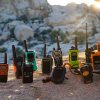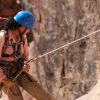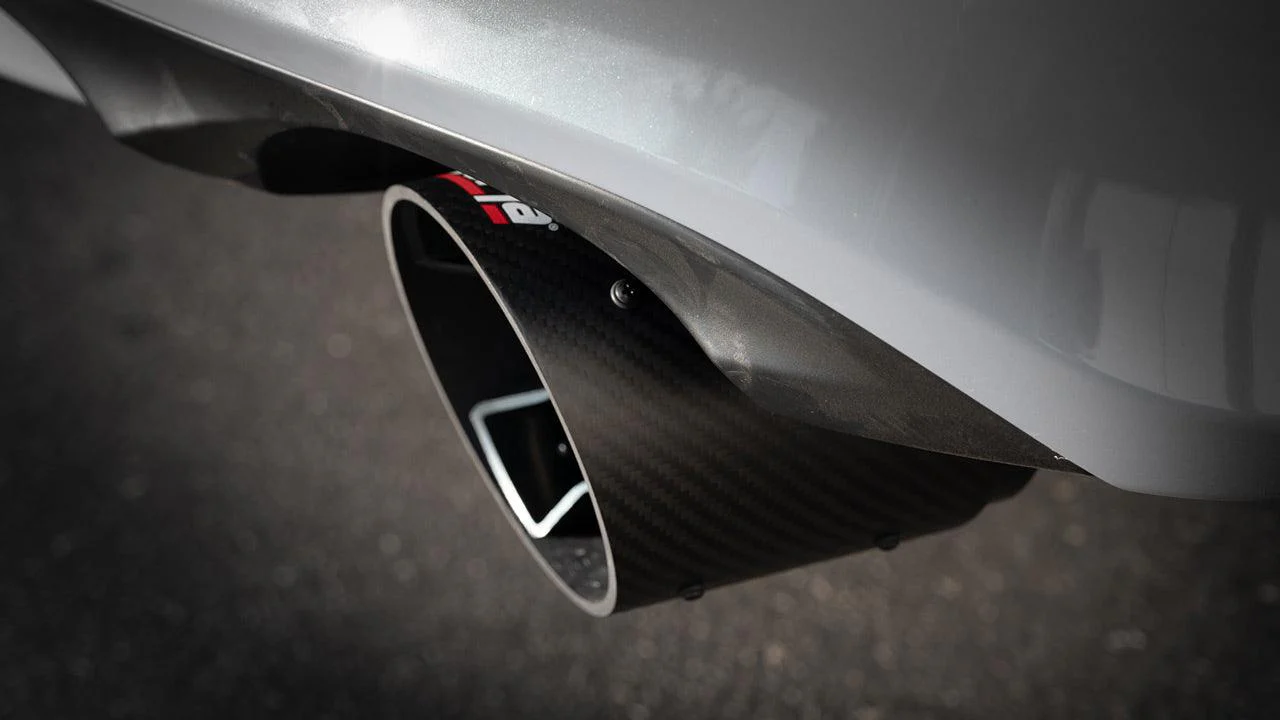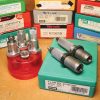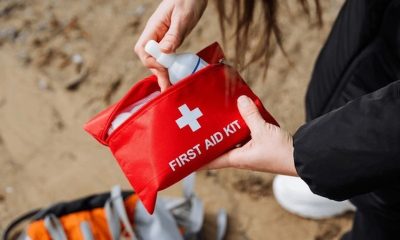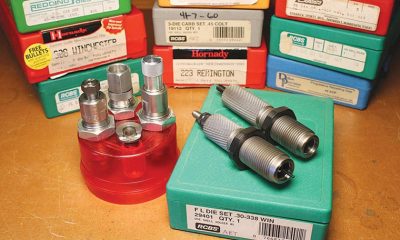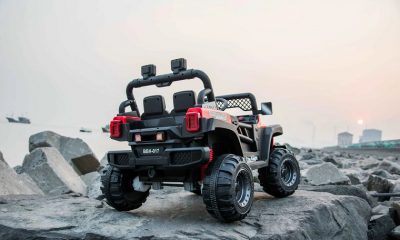Camping
Ready for the Wild: A Beneficial Guide to Choosing an IFAK
For many of us, the pull of nature is undeniable. Whether hiking through rugged terrain, camping off-grid, or chasing that next big adventure, nature calls and we answer. But let’s face it, the wilderness doesn’t come with a safety net. That’s why first-aid training and packing a reliable tactical medical kit should be at the top of your priority list.
When injuries happen far from help, an IFAK (Individual First Aid Kit) can make all the difference. More than your basic box of bandages, this first-aid kit is designed for real emergencies: cuts, burns, bleeds, breaks, and more. Choosing the right one is the difference between a close call and a serious situation.
Where Can I Find IFAK?
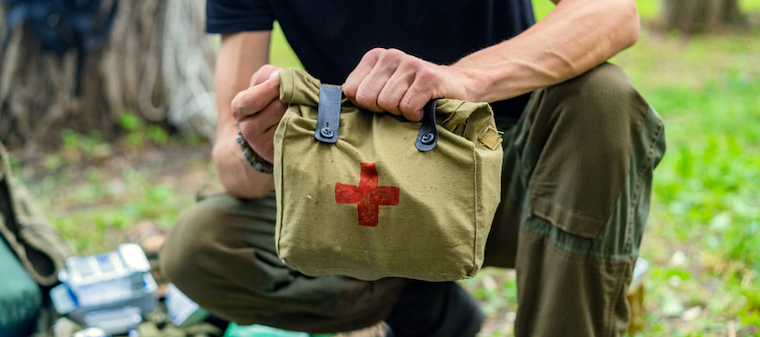
You won’t typically find true tactical medical kits at your local pharmacy. These kits are more specialized than your average first-aid kit, often stocked with gear used in trauma care and field emergencies. You’ll find tactical medical kits online at specialty retailers that focus on preparedness, survival gear, and emergency supplies. Specifically, options pre-assembled by professionals are built with high-quality components and tailored to a range of outdoor scenarios.
Some kits are geared toward trauma response in the field, while others focus more on general injuries like sprains, cuts, and insect bites. The key is choosing a kit that matches your environment and activity level. A weekend hiker might need something different than someone who spends weeks at a time in remote areas.
What Does an IFAK Need?
Different types of tactical medical kits are available online. A solid one should strike a balance between trauma response and general medical care. At a minimum, a well-rounded IFAK should include:
- Trauma gear: Tourniquets, compression bandages, chest seals, and hemostatic gauze.
- Basic first aid: Adhesive bandages, antiseptic wipes, antibiotic ointment, tweezers, and medical tape.
- Tools: Trauma shears, gloves, emergency blanket, and a CPR face shield.
- Personal items: Medications (prescription and over-the-counter), allergy treatments, and a copy of your emergency contacts.
- Some premade kits also include instruction cards or QR codes linked to first-aid videos—handy if you’re panicking or helping someone else.
And remember: gear alone won’t save a life—training will. Having your IFAK’s contents is vital, but so is knowing how to use them.
How to Choose the Right Tactical Medical Kit?
Your Environment and Activity Level
Think about where you’re headed and what you’ll be doing. Backcountry camping, off-roading, hunting, and urban exploration all come with different risks. Choose a kit designed for your specific use case.
For example, a compact pouch might suit a hiker who needs to travel light, while a more comprehensive kit may be a better fit for off-grid adventurers who need to be fully self-sufficient.
Pre-made vs. Custom Kits
Premade military-grade medical kits are ideal for most users, especially beginners. They’re put together by experts and usually include a mix of trauma gear and basic supplies. Custom kits give you more control but also require more knowledge. Unless you’re experienced and know exactly what to pack, a quality premade option will likely offer better coverage and peace of mind.
Portability and Durability
Outdoor environments are tough. Look for IFAKs with MOLLE-compatible cases, waterproof zippers, and rugged materials that can withstand dirt, water, and rough handling. Soft-shell pouches are popular for their versatility, while hard cases may offer more protection in extreme conditions.
Easy Access and Organization
In an emergency, seconds matter. Choose a kit with labeled compartments or color-coded sections so you can quickly find what you need. Bonus points if it opens flat or features tear-away panels.
Add-ons and Extras
Some IFAKs include space to add your own essentials. If you’re managing a condition like diabetes or severe allergies, make sure your kit includes room for personal medications or specialized gear.
Where Is the Best Place to Put the IFAK?
Your IFAK should always be easy to reach, ideally in less than 10 seconds. If it’s buried at the bottom of your backpack or stashed in your car’s trunk, it’s not doing you much good. The best location is one that stays secure, is accessible with either hand, and can be reached quickly, especially in high-stress situations. If you’re someone who wears tactical gear outdoors, a kit that integrates with your loadout, like on a tactical vest, is even more efficient. Here are a few smart storage options:
- On the outside of your backpack.
- Attached to a tactical vest (especially if you’re hiking or hunting).
- Secured in a vehicle seat-back panel.
- Worn on a belt or thigh rig.
Why Every Adventurer Needs One
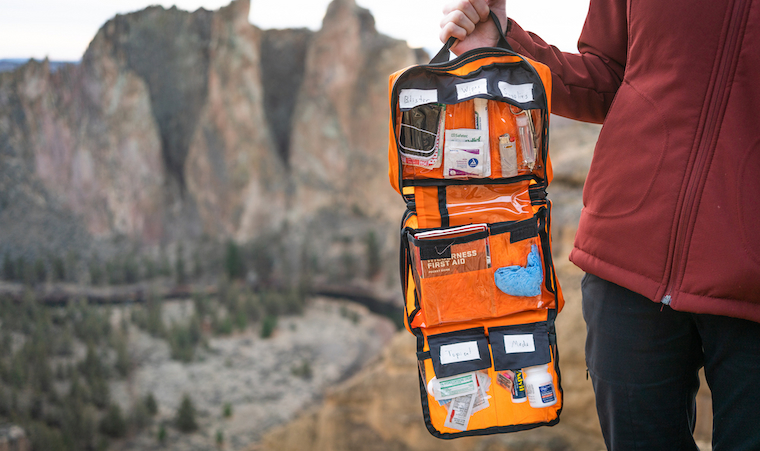
For outdoor adventurers, carrying a well-stocked first-aid kit offers benefits that go beyond just physical protection. Whether treating a blister miles from camp or stopping major bleeding after a fall, a good IFAK is your first line of defense when medical help is far away. It boosts confidence, sharpens decision-making, and helps you stay calm when the unexpected happens.
Looking at the bigger picture, the same logic applies to larger survival setups, too. If you’re interested in full emergency readiness, you might explore the benefits of survival kits during natural disasters.
Final Thoughts
The best time to get an IFAK was yesterday. The second-best time? Before your next adventure. Your gear is only as good as your preparation. So before you lace up your boots and hit the trail, ask yourself: Are you truly ready for the wild?
Writing for the blog since 2012, Chris simply loves the idea of providing people with useful info on business, technology, vehicles, industry, sports and travel – all subjects of his interest. Even though he sounds like quite the butch, he’d watch a chick flick occasionally if it makes the wife happy, and he’s a fan of skincare routines though you’d never have him admit that unless you compliment his impeccable skin complexion.



